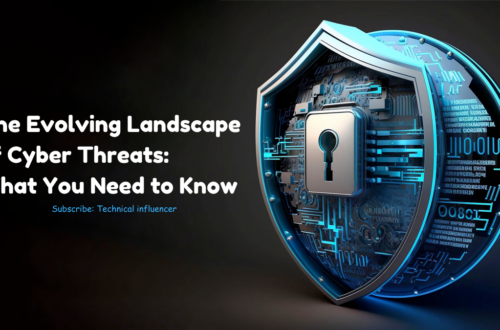In the contemporary digital landscape, where data is an invaluable asset, fortifying digital fortresses to ensure robust data security has become imperative. This article explores various strategies and measures that organizations can adopt to safeguard their sensitive information in the ever-evolving cyber age.
Introduction
The digital era has ushered in unprecedented connectivity and efficiency, but it has also brought about heightened risks and threats to the security of data. Organizations, both large and small, find themselves in a perpetual battle against cyber adversaries seeking unauthorized access to their valuable information. To withstand these threats, a proactive approach to data security is essential.
Understanding the Threat Landscape
Before delving into strategies, it’s crucial to comprehend the diverse threat landscape that organizations face today. Cyber threats range from common phishing attacks to sophisticated malware and ransomware incidents. A comprehensive understanding of potential risks is the foundation for crafting effective security measures.
Encryption and Data Access Controls
One fundamental strategy for fortifying digital fortresses is the implementation of robust encryption mechanisms. Encrypting data at rest and in transit ensures that even if unauthorized access occurs, the intercepted information remains indecipherable. Additionally, stringent access controls limit data access only to authorized personnel, reducing the risk of internal breaches.
Regular Security Audits and Updates
In the dynamic cyber environment, regular security audits are paramount. Organizations should conduct thorough assessments of their systems, identifying vulnerabilities and patching them promptly. Staying abreast of the latest security updates is equally critical, as cyber threats constantly evolve, necessitating adaptive defense mechanisms.
Employee Training and Awareness
Human error remains a significant factor in data breaches. Educating employees about cybersecurity best practices and fostering a culture of awareness can mitigate risks substantially. Training programs should cover topics such as recognizing phishing attempts, creating strong passwords, and adhering to security protocols.
Incident Response Planning
Despite the best preventive measures, no system is entirely immune to breaches. Therefore, organizations must develop comprehensive incident response plans. These plans outline the steps to be taken in the event of a security incident, facilitating swift and effective containment and recovery.
Conclusion
In conclusion, fortifying digital fortresses against cyber threats demands a multi-faceted and proactive approach. By understanding the evolving threat landscape, implementing robust encryption and access controls, conducting regular security audits, investing in employee training, and developing comprehensive incident response plans, organizations can significantly enhance their data security posture in the cyber age.




